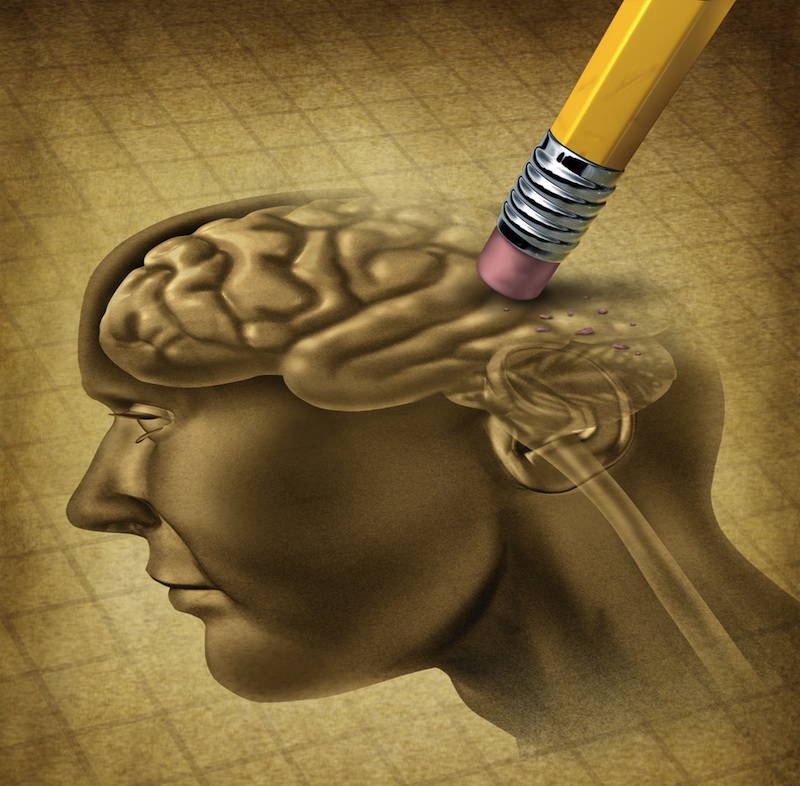Psychiatry's New Guide: 6 Things You Should Know
Intro

The newest edition of the diagnostic guidelines for psychiatry, the fifth edition of the Diagnostic and Statistical Manual of Mental Disorders (DSM-5), was published in May.
The manual, which is devised and published by the American Psychiatric Association (APA), lists the criteria for the diagnosis of various psychiatric disorders. Treatment recommendations, as well as payment by health care providers, can be based on the DSM.
Huge debate surrounds the precise definitions of mental health disorders in the book, as well as the removal of disorders from the book, and the addition of new ones. Each change can affect many people.
Several of the changes in the new edition are controversial, and have triggered continued debate, even after the publication of DSM-5.
Here are six things you should know about the DSM changes.
A single diagnosis for autism

There is now one diagnosis, called autism spectrum disorders (ASD), encompassing what were considered four separate disorders. Autism, Asperger’s disorder, childhood disintegrative disorder, and pervasive developmental disorder not otherwise specified (PDD-NOS) all fall under the new category, according to the American Psychiatric Association.
According to some researchers, the changes in the definition of autism will result in lowered rates of autism diagnosis. The DSM-5 working group estimated that diagnoses will be reduced by about 10 percent, but other research groups have found diagnoses could perhaps be reduced by more.
Get the world’s most fascinating discoveries delivered straight to your inbox.
Proponents of the changes say the new criteria are more accurate, and will reduce the number of children falsely diagnosed. But critics express worries that some children might not receive the school services they need, such as specialized aides.
Another word of caution comes from researchers who say it might be premature to combine Asperger's and autism under one group, because it's not clear whether the two disorders stem from the same biological factors.
The APA says people who have already been diagnosed with one of the previous four disorders, such as Asperger's, are not in danger of losing their diagnosis, rather they will now be considered to have an autism spectrum disorder.
New addictions

A newly added condition to the category of substance abuse and dependence disorders is "gambling disorder." According to the APA, this change “reflects the increasing and consistent evidence that some behaviors, such as gambling, activate the brain reward system with effects similar to those of drug abuse and that gambling disorder symptoms resemble substance use disorders to a certain extent.”
Two other new substance use disorders in the DSM-5 are cannabis withdrawal and caffeine withdrawal. Caffeine withdrawal was included the previous edition of the DSM, as well, but in a section designated for conditions that are only being considered for official diagnosis, which researchers believe need further study.
Grieving included in major depression disorder

In the previous edition of the DSM, if a person showed a number of depression symptoms, but had suffered the loss of a loved one in the past two months, he wouldn't be diagnosed with depression.
Under the new diagnostic criteria for major depression disorder, grief and bereavement are not exclusion criteria, meaning that a person who fulfills the criteria for depression disorder could be diagnosed with depression, even if he is grieving.
Critics say this means that a grieving person could be mistakenly diagnosed with depression. But proponents say studies have shown that grief can trigger depression disorder in vulnerable individuals, and is probably no different than other stressors that can initiate the disorder.
The APA says a detailed footnote is included in the manual to help clinicians make "the critical distinction between the symptoms characteristic of bereavement and those of a major depressive episode."
ADHD recognized in adults

The definition of attention deficit hyperactivity disorder (ADHD) has been modified to emphasize that this disorder can continue into adulthood.
The changes make it easier for adults to be diagnosed with ADHD, now that their age is not in the way. This has made critics worry that too many adults will now be medicated for the condition.
But other criteria for diagnosing ADHD have been made stricter. Now, several symptoms have to occur in more than one setting, for example at work and at home, before an ADHD diagnosis is made.
New condition for children: disruptive mood dysregulation disorder

Disruptive mood dysregulation disorder is a new diagnosis in the DSM-5. It can apply to children between 6 and 18 years old, who show persistent irritability and frequent episodes of extreme behavioral outbursts, three or more times each week for at least one year.
Critics say that throwing tantrums is a normal behavior in childhood, and the new diagnosis turns this into a mental disorder — this could lead to kids taking medications that might not help them, they say.
The proponents of the diagnosis, however, say that the newly defined condition will help with the issue of over-diagnosis of bipolar disorder in children. The number of children diagnosed with bipolar disorder has significantly increased in recent years, and these children are often treated with medication that could have harmful effects.
The APA says that there is a big difference between temperamental children, and those with severe impairment that calls for clinical attention. The temper outbursts have to be grossly out of proportion to the situation and have to occur in more than just one setting, for example, both at home and at school, in order for a child to be diagnosed with the mood disorder.
Three disorders that are now official diagnoses

Binge eating disorder, which was listed in the previous DSM in the section of conditions proposed for future studies, has become an official disorder in the DSM-5.
The condition is defined as episodes of uncontrollably eating large amounts of food in a short time, and is associated with marked distress and symptoms that occur once a week over three months. Such criteria differentiate binge eating disorder from simple overeating that might happen occasionally.
Premenstrual dysphoric disorder and hoarding disorder are two other disorders that were in the future studies section previously, but were being applied to patients regardless. These two now have official diagnostic labels in the new DSM.

